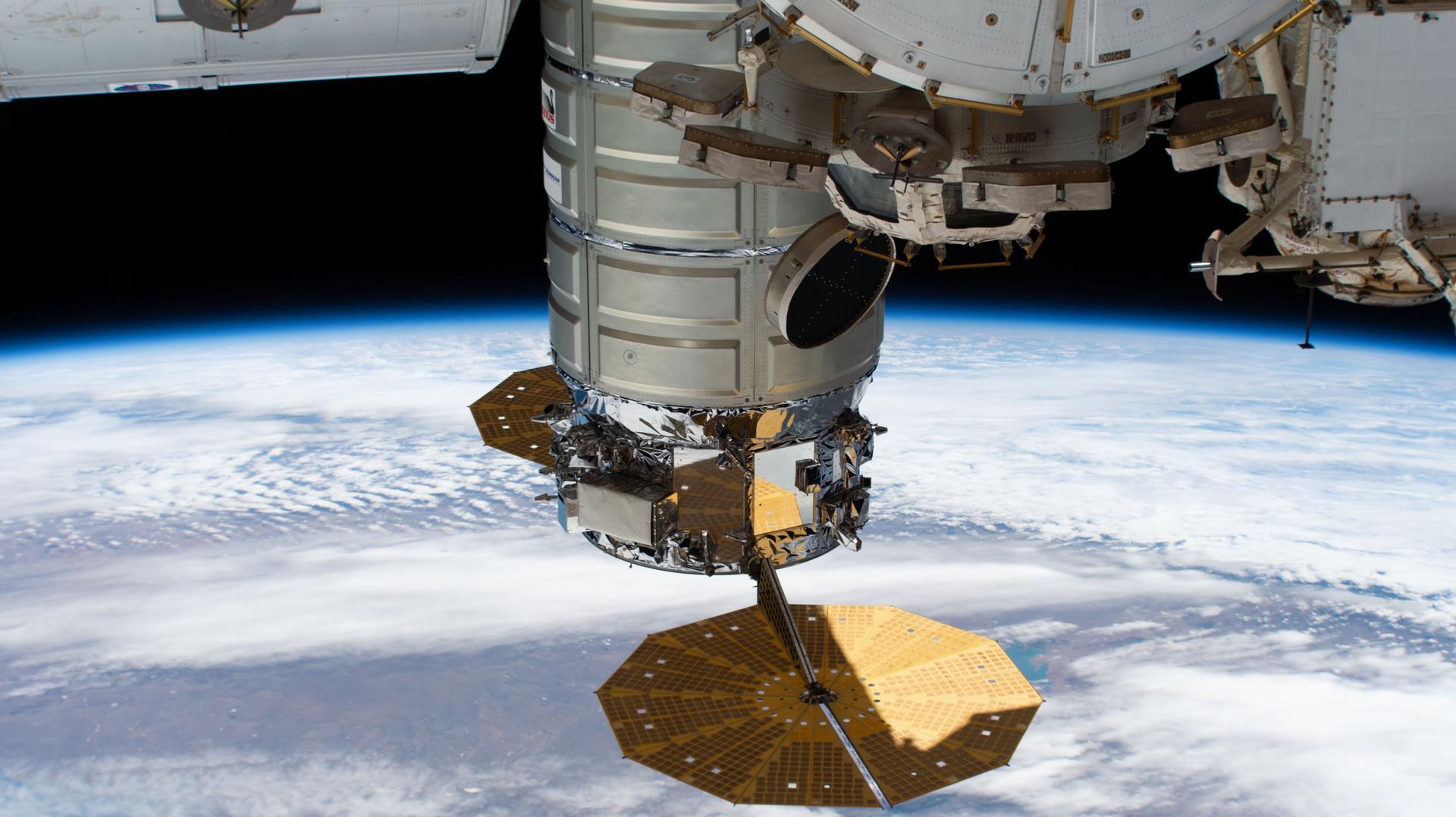
NASA will host a media teleconference at 1 p.m. EST Thursday, Feb. 11, to discuss science investigations and technology demonstrations launching on Northrop Grumman’s 15th commercial resupply mission for the agency to the International Space Station.
Audio of the teleconference will be streamed live online at:
Northrop Grumman is targeting no earlier than 12:36 p.m. Saturday, Feb. 20, for the launch of its Cygnus spacecraft on an Antares rocket from the Mid-Atlantic Regional Spaceport’s pad 0A at NASA’s Wallops Flight Facility on Wallops Island, Virginia. The Cygnus spacecraft will carry crew supplies, scientific research, and hardware to the orbiting laboratory to support the Expedition 64 and 65 crews.
To participate in the teleconference, media must contact Monica Witt at 202-430-3781 or monica.j.witt@nasa.gov by 5 p.m. EST Wednesday, Feb. 10, for dial-in information.
Questions also can be submitted on social media using #AskNASA.
Heidi Parris, associate program scientist for the International Space Station Program at NASA’s Johnson Space Center in Houston, will provide an overview of the research and technology aboard the Cygnus spacecraft.
Also participating in the briefing are:
- Mark Fernandez, solutions architect for Converged Edge Systems at Hewlett Packard Enterprise and principal investigator of Spaceborne Computer-2, a high-performance commercial, off-the-shelf computer system being studied to increase data processing speeds for science aboard the space station
- Nicole Wagner, president and CEO of LambdaVision, and Jordan Greco, chief scientific officer of LambdaVision, who will discuss their second experiment being sent to the space station to study the advantages of manufacturing artificial retinas in space
- Siva Vanapalli, professor of chemical engineering at Texas Tech University in Lubbock, who will talk about Micro-16, an investigation studying muscle strength changes in worms to help better understand muscle weakening that astronauts can experience in microgravity
- Victoria Drago, a Ph.D. candidate at the University of Toledo in Ohio, who will share the Real-time Protein Crystal Growth-2 experiment, which will demonstrate new methods for producing high-quality protein crystals in microgravity
- Kerry Lee, Multi-Purpose Crew Vehicle (MPCV) Radiation System manager, who will discuss A-HoSS, a radiation detection system developed for the Orion spacecraft and certified for use on NASA’s Artemis II mission, the mission to carry a crew of astronauts aboard the spacecraft in orbit around the Moon
Credits: NASA
Cargo resupply from U.S. companies ensures a national capability to deliver critical science research to the space station, significantly increasing NASA’s ability to conduct new investigations at the only laboratory in space.
The International Space Station is a convergence of science, technology, and human innovation that demonstrates new technologies and enables research not possible on Earth. NASA recently celebrated 20 years of continuous human presence aboard the orbiting laboratory, which has hosted 242 people and a variety of international and commercial spacecraft. The space station remains the springboard to NASA’s next great leap in exploration, including future human missions to the Moon and eventually to Mars.
Members of the public can attend the launch virtually, receiving mission updates and opportunities normally reserved for on-site guests. To participate, members of the public can register for email updates to stay up to date on mission information, mission highlights, and interaction opportunities.
For launch countdown coverage, NASA’s launch blog, and more information about the mission, visit:
https://www.nasa.gov/northropgrumman
-end-
Monica Witt / Stephanie Schierholz
Headquarters, Washington
202-430-3781
monica.j.witt@nasa.gov / stephanie.schierholz@nasa.gov
Leah Cheshier / Gary Jordan
Johnson Space Center, Houston
281-483-5111
leah.d.cheshier@nasa.gov /
gary.j.jordan@nasa.gov

























